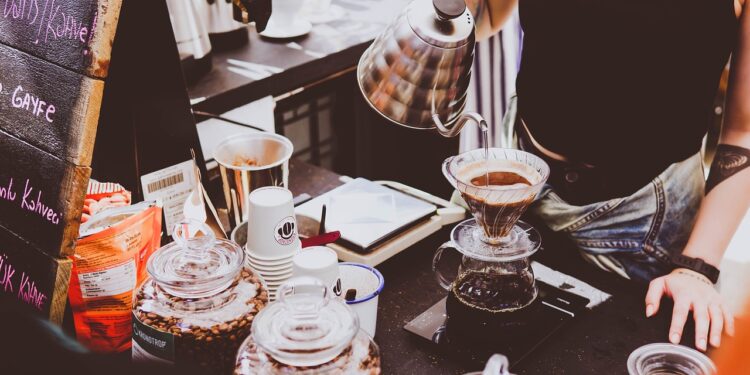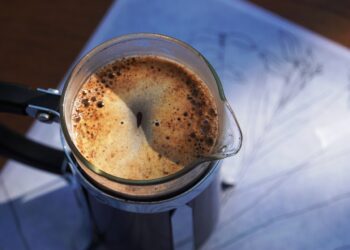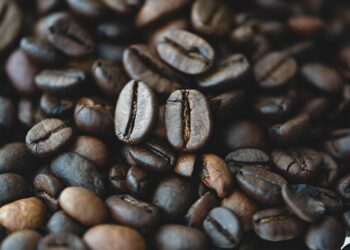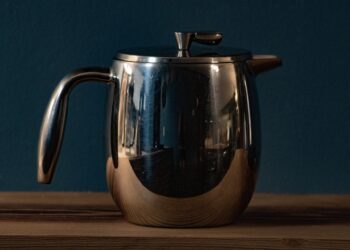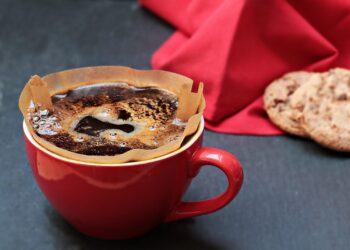Mastering the Art of Drip Coffee Brewing
Drip coffee brewing is both an art and a science. Achieving the perfect cup of coffee involves understanding the nuances of grind size, water temperature, and brewing time. This comprehensive guide will provide you with the essential knowledge to master drip coffee brewing at home, ensuring every cup is delightful.
Introduction to Drip Coffee Brewing
Drip coffee is one of the most popular brewing methods worldwide, beloved for its simplicity and the delicious coffee it produces. The process involves hot water slowly dripping through coffee grounds, extracting the flavors and oils, and resulting in a clean, clear cup of coffee.
What Is Drip Coffee?
Drip coffee refers to the method where water is passed through coffee grounds, held in a filter, producing the coffee that drips into a carafe or pot below. This method can be performed with an automatic coffee machine or a manual dripper, such as a pour-over device.
Why Choose Drip Coffee?
Drip brewing offers several advantages:
- Consistency: With the right equipment, drip coffee can produce a consistent taste every time.
- Convenience: Automated drip coffee makers allow for large batches of coffee to be brewed with minimal effort.
- Customization: Variables like water temperature and brew time can be adjusted to suit individual preferences.
Understanding Coffee Basics
To master drip coffee, you first need to understand the basics of the coffee itself, including the importance of fresh coffee beans and the impact of grind size on your brew.
Choosing the Right Coffee Beans
The coffee beans you choose will greatly influence the flavor of your drip coffee. Opt for high-quality, freshly roasted beans to ensure the best taste. Single-origin beans can provide unique flavor profiles, while blends are designed for balance and consistency.
Importance of Grind Size
The grind size of your coffee beans is crucial in drip brewing. A medium grind works best—the finer grinds are more suited to espresso, whereas coarser grinds go well with French press brewing. If the grind is too fine, it can lead to over-extraction, resulting in a bitter flavor. Conversely, too coarse a grind might under-extract, producing a weak, watery cup.
Equipment Essentials for Drip Coffee
Choosing the right equipment is a critical step in refining your drip coffee brewing technique.
Automatic Drip Coffee Makers
For those who value convenience, automatic drip coffee makers are the perfect solution. These machines maintain water at an optimal brewing temperature and evenly distribute water over the coffee grounds, making them an excellent choice for everyday use without the hassle.
Manual Drip Brewers
For coffee enthusiasts, manual brewers such as the pour-over provide more control over the brewing process. Devices like the V60 and Chemex allow you to manipulate variables like water flow rate and saturation time, giving you the ability to customize every cup.
Brewing Techniques for Perfect Drip Coffee
Achieving the perfect drip coffee involves more than just the right grounds and equipment. The brewing technique is equally crucial.
Water Temperature and Quality
The optimal water temperature for brewing coffee is between 195°F to 205°F. Avoid boiling water, as it can scorch the coffee grounds and impart a bitter taste. Additionally, the quality of water should be considered; use filtered or bottled water if your tap water is high in impurities.
Mastering the Pour
In manual drip brewing, the technique of pouring the water can affect the coffee’s final taste. Begin with a gentle pour over the grounds to allow them to “bloom,” releasing the most flavorful compounds. Continue by pouring slowly in a circular motion to ensure even extraction.
Timing Your Brew
The brewing time can significantly impact the extraction process. Generally, the brew time for drip coffee should be between 4 to 6 minutes. If the brewing takes longer, it might extract undesirable flavors, making the coffee taste overly strong or bitter.
Cleaning and Maintenance
To consistently produce the best coffee, maintaining your equipment is essential. Regular cleaning not only prolongs the life of your coffee maker but also prevents old coffee oils and residues from affecting your brew’s taste.
Daily and Periodic Cleaning
For automatic machines, ensure that all removable parts are cleaned after each use. For manual brewers, wash them with hot soapy water. Descale your coffee maker every 3 to 6 months to remove mineral buildup that can affect water flow and heat.
Conclusion
Mastering the art of drip coffee brewing enhances your daily coffee experience and elevates the simple act of coffee making into a ritualistic journey. By understanding the fundamentals of coffee, choosing the right equipment, and honing your brewing techniques, you can ensure that each cup of drip coffee you brew is rich, flavorful, and satisfying.
Embrace the process and experiment with different beans, grinds, and techniques to find your perfect brew. Remember, a good cup of coffee isn’t just about the right method or the finest beans—it’s about the joy and satisfaction it brings with each sip.
